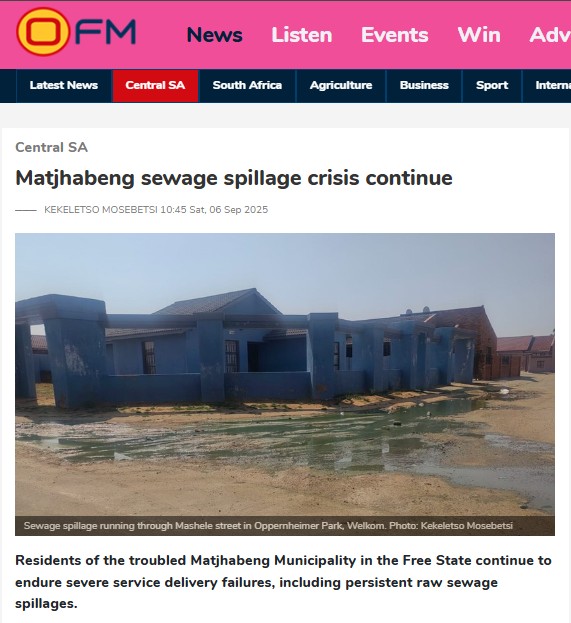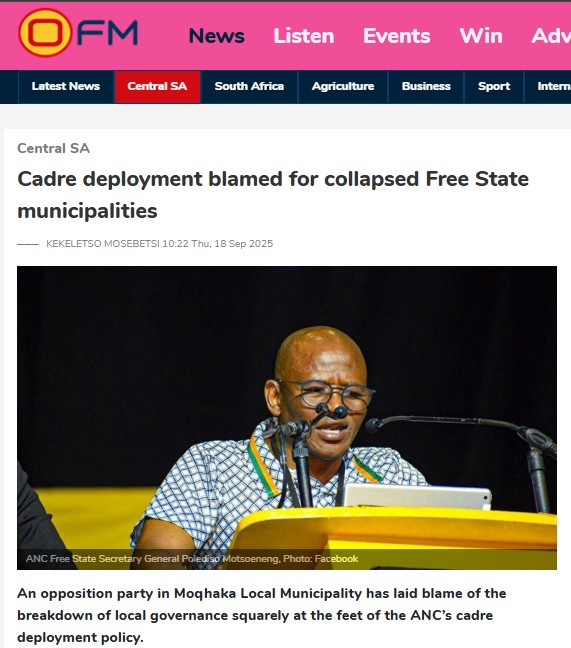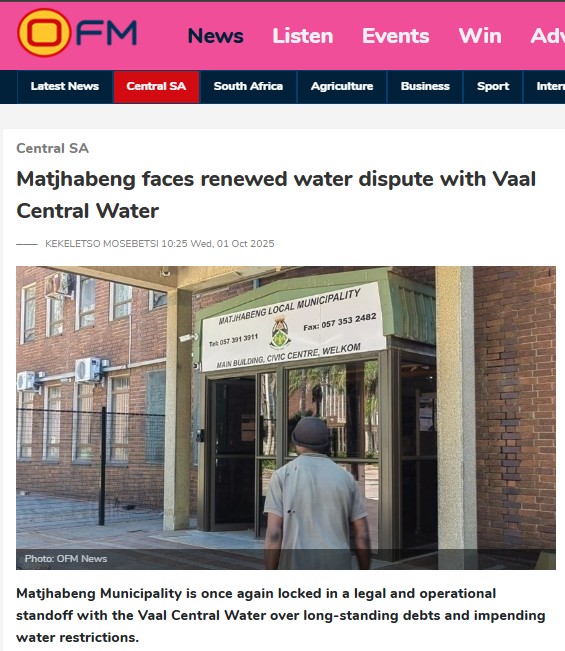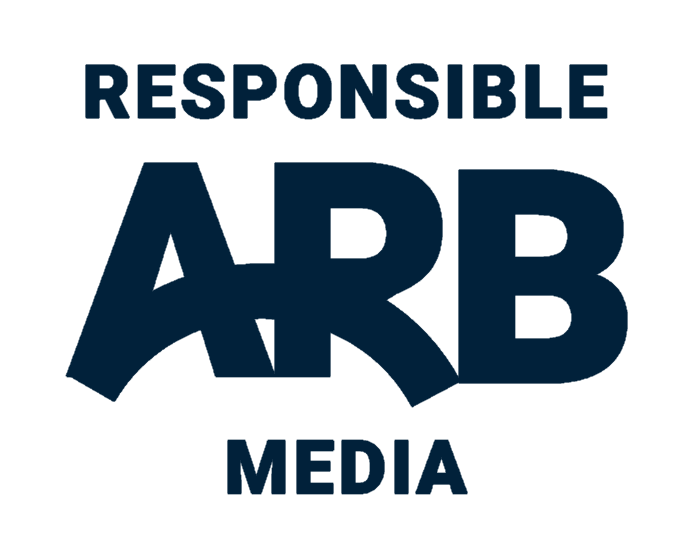Central SA
Matjhabeng has worst debt-to-income ratio nationwide─── KEKELETSO MOSEBETSI 12:19 Fri, 03 Oct 2025
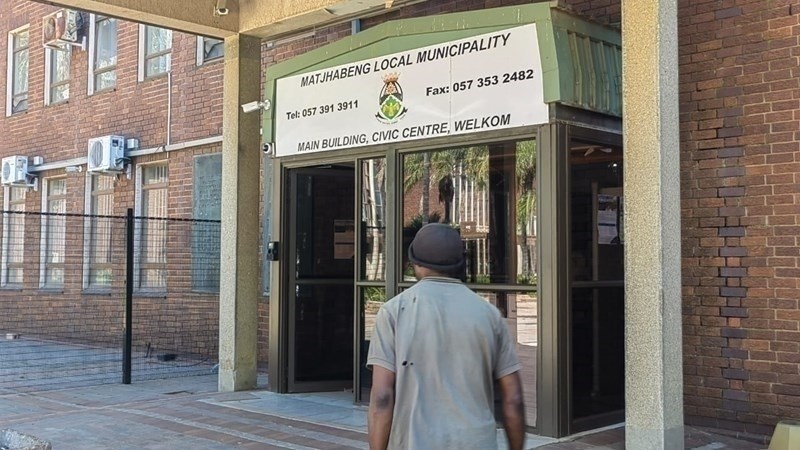
Matjhabeng Municipality in the Free State Goldfields has reached a financial tipping point – becoming the only municipality in South Africa where total formal debt and supplier obligations exceed its income.
The ailing Welkom-based municipality’s debt levels far surpass any other municipality with a staggering 137.5% debt-to-income ratio figure, according to Statistics South Africa’s latest Financial Census of Municipalities.
Municipal debt is not unique to Matjhabeng, but its scale certainly is. South Africa’s 257 municipalities collectively held total liabilities that amounted to R386 billion in 2024, a sharp increase from R305 billion in 2021, a 26.5% rise in just three years.
Among the debt-ridden municipalities, only three recorded a debt-to-income ratio above 50%: Matjhabeng and Masilonyana in the Free State, and Thaba Chweu (Mpumalanga).
The Free State recorded the highest average municipal debt-to-income ratio of 23.8%, a fivefold increase from just 4.9% in 2021. It now leads the provincial debt charts, ahead of Gauteng (20.2%) and the Western Cape (14.1%).
Residents of Matjhabeng continue to struggle with basic service issues such as sewage spillage, potholes, and constant water cuts. More than 80% of streetlights are also reported to be non-functional, raising serious concerns, particularly for vulnerable communities.
Vaal Central Water has announced it will be implementing water cuts in the Goldfields due to the money it owes. Matjhabeng was recently placed under administration.
In contrast, provinces like the Northern Cape and North West have managed to either reduce or maintain relatively stable borrowing levels. Northern Cape municipal borrowing has decreased from 5.3% in 2021 to 3.0% in 2024.
Stats SA’s breakdown of liabilities provides a clear picture of the rising financial burden faced by municipalities:
- trade payables rose by 32%, amounting to R123 billion;
- formal borrowings increased by 19%, reaching R75 billion;
- other payables from exchange transactions grew by 16% to R61 billion;
- non-current employee obligations rose by 7%, now at R25 billion; and
- other liabilities ballooned by 26%, totaling R101 billion.
Matjhabeng’s financial crisis has been exacerbated by its inclusion in a R5.3 billion concessionary loan granted as part of the National Treasury’s municipal debt relief programme.
While intended to alleviate short-term cash flow issues, this relief measure had the unintended consequence of inflating the municipality’s formal debt profile, pushing its debt levels well past the 100% mark.
While Matjhabeng stands alone above 100%, Gauteng’s municipalities also reported significant borrowing, largely driven by the country’s largest metros:
- City of Johannesburg: 28.0%;
- City of Tshwane: 20.5%; and
- City of Ekurhuleni: 16.7%.
Despite their high ratios, these metro municipalities still remain within more manageable thresholds compared to Matjhabeng.
OFM News/Kekeletso Mosebetsi cvs
Have a news tip to share? Phone or whatsapp the OFM News Hotline: 066 487 1427.

